-
×

-
×

-
×

-
×

-
×

-
×

-
×

-
×
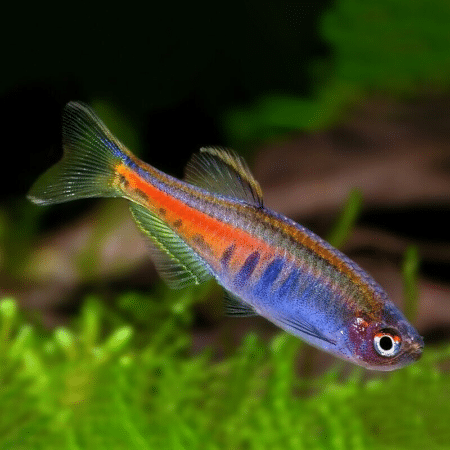
Subtotal: £174.19

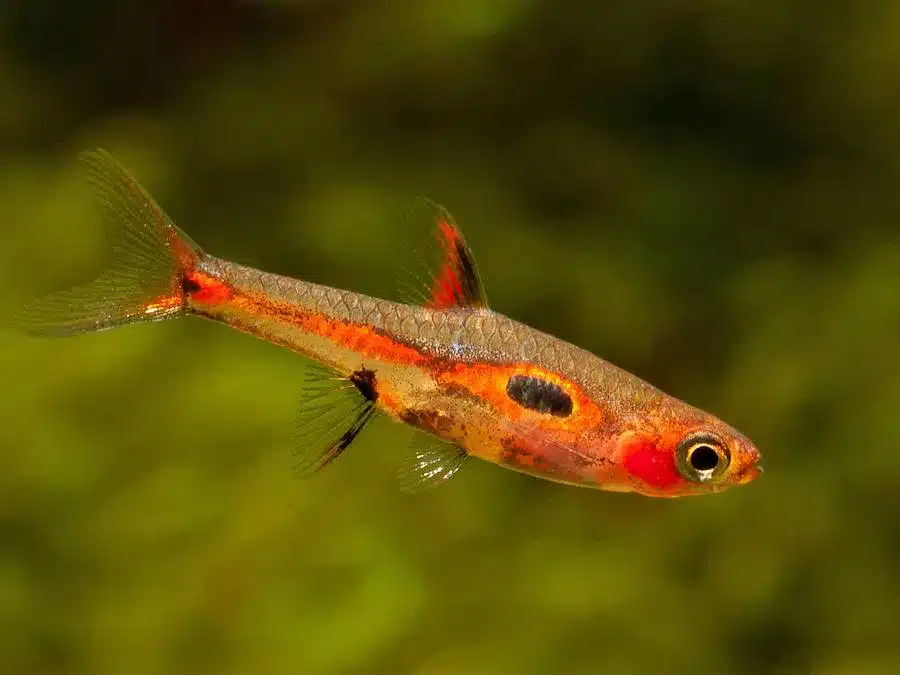
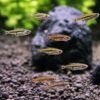
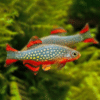
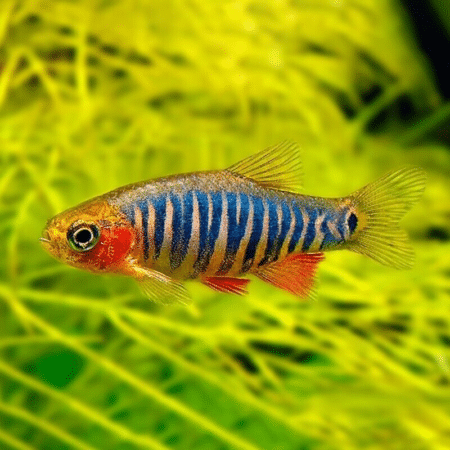




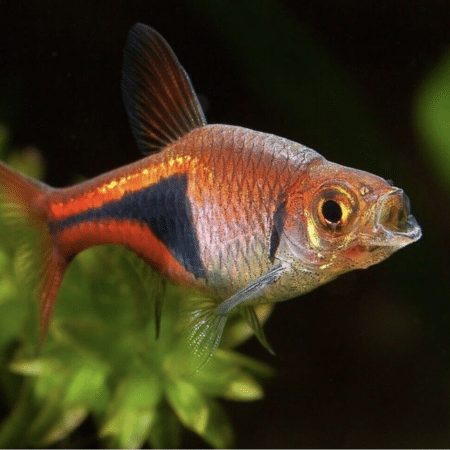

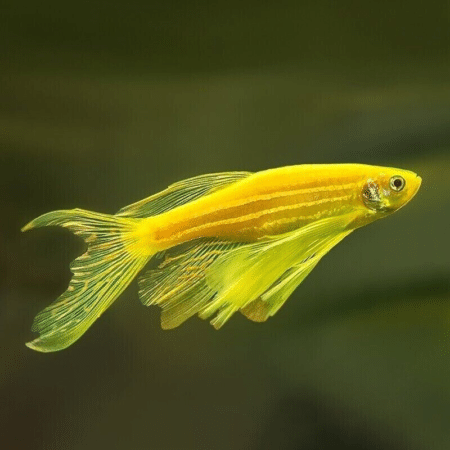


Emily Carter (verified owner) –
I recently added 6 X Rasbora maculata, and I couldn’t be happier! These little Dwarf Rasboras are not only adorable but also incredibly active and social. I’ve had them for about two months now, and they’ve truly brought my tank to life. They swim around in a charming school, often mingling with my betta fish and neon tetras without any issues. It’s heartwarming to see them darting playfully among the plants in my 20-gallon tank.
One of the standout features of these fish is their peaceful nature. I’ve kept danios in the past that were a bit nippy, but these sweet rasboras are so gentle. They thrive in a planted tank with ample hiding spots, which makes it a perfect environment for them. Just be sure to keep your water conditions stable; they do best when the temperature is kept around 76-80°F.
The shipping was fast, and they arrived in perfect health, which is always a relief. I highly recommend these little gems to anyone looking to add some lively personality to their aquarium. They’re perfect for community tanks or even as a centerpiece for smaller setups. Just be prepared to smile at their antics every day!
Emily Carter (verified owner) –
I recently added 6 Dwarf Rasboras to my nano tank, and I couldn’t be happier! These little guys are not only stunning with their vibrant colors, but they also bring such a lively energy to my aquarium. Within just a week, I noticed them schooling beautifully, creating a peaceful yet dynamic environment that I adore. Compared to my previous neon tetras, the Dwarf Rasboras are more active and seem to get along better with my bettas, which was a pleasant surprise. I’ve been careful to maintain parameters suitable for all my freshwater fish, and these Rasboras have thrived without any signs of stress or aggression. If you’re a caring fish parent like me, you’ll appreciate how gentle they are with each other. Just a minor note: they can be a bit shy at first, so providing plenty of hiding spots is key. Overall, I highly recommend Dwarf Rasboras for anyone looking to create a harmonious and visually stunning schooling fish environment. They truly are a joy to watch!